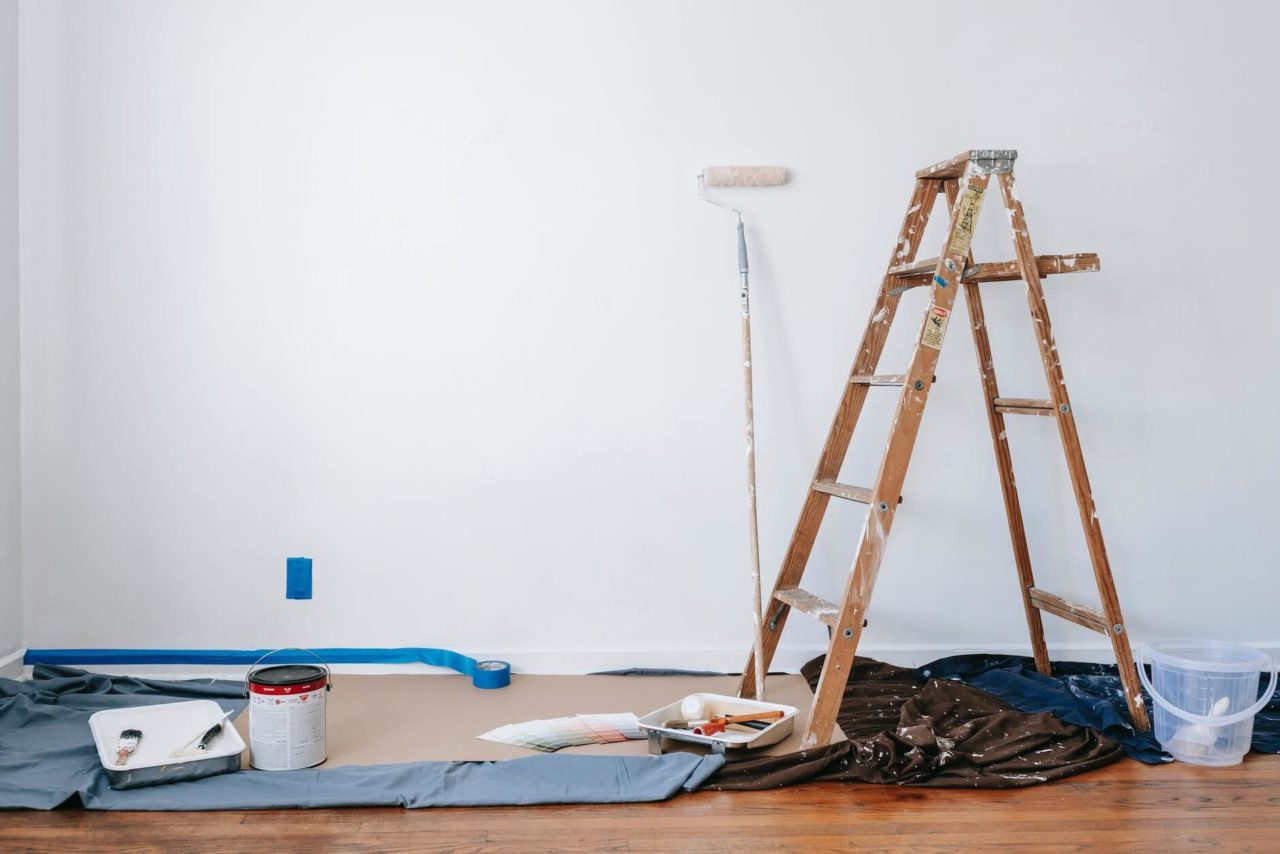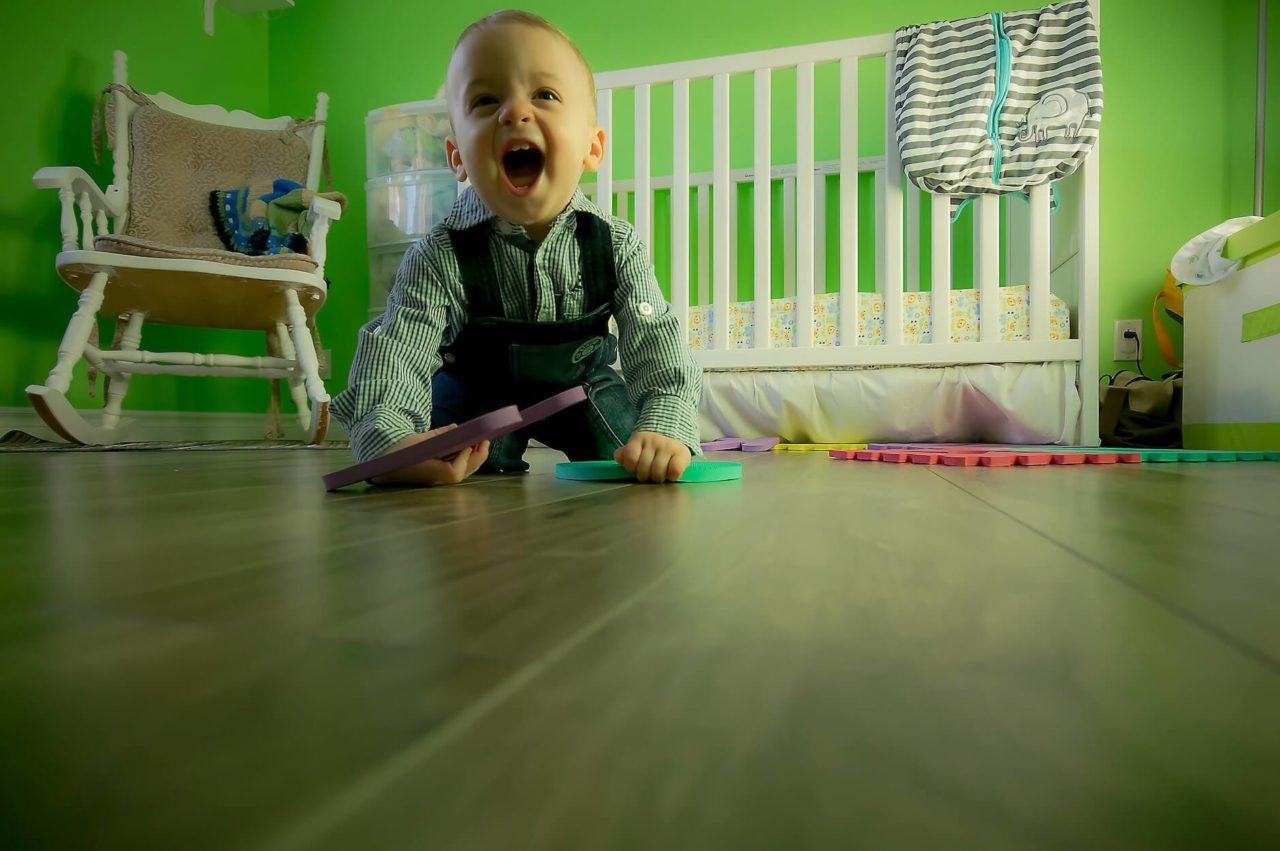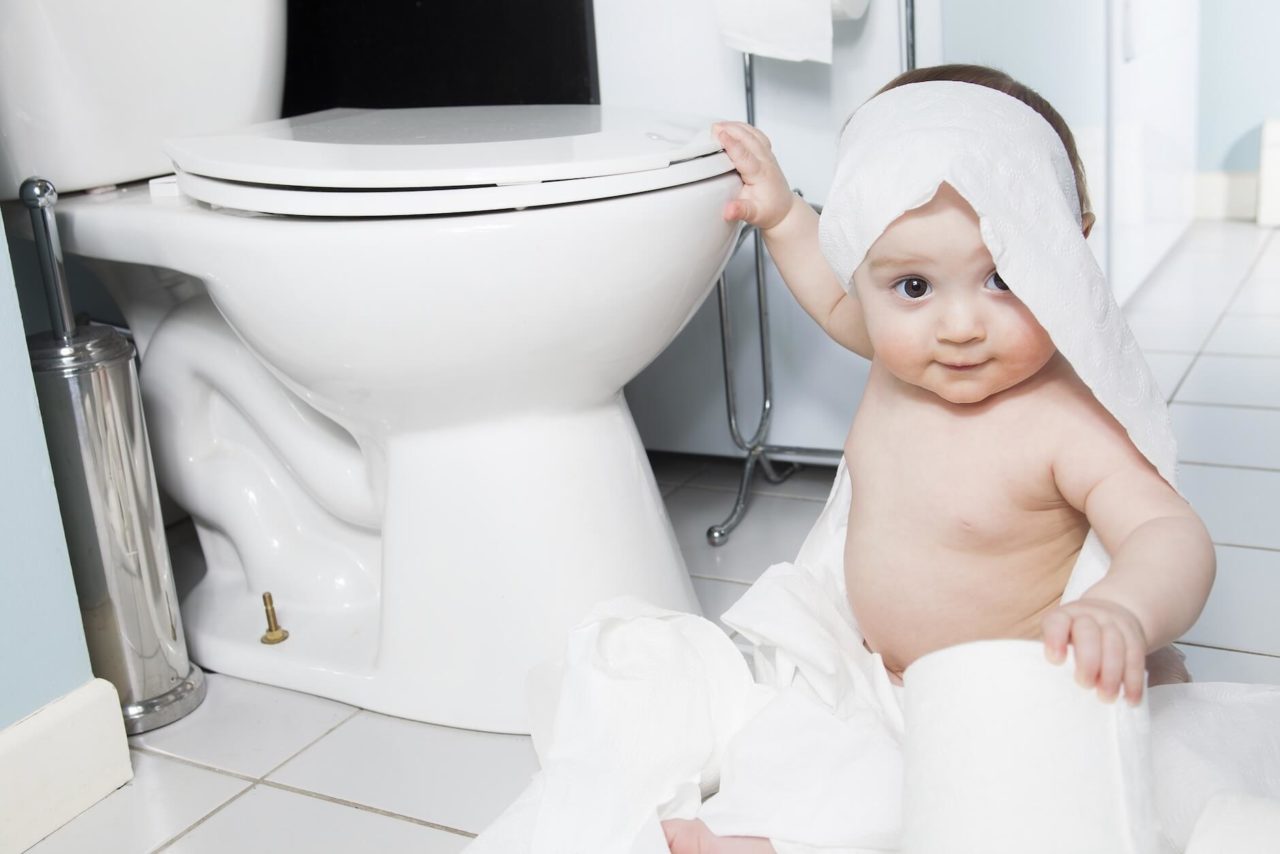

Being a parent is one of the most joyous things in the world, but it also makes you worry about stuff that didn’t seem as important before. You may feel overwhelmed when you realize your residence can be full of potential hazards. That’s why ideas on how to baby-proof house should be on top of the list of priorities.
It all started, not too long ago, with moving for love. You and your partner have crossed that milestone of living under one roof, and now it’s time for the next step – expanding your family. This calls for many changes in your life; not only will you move to a new home that’s larger, but you will also start making a list of all the things you should buy. Besides getting new rugs and curtains, and dreaming about a nursery in pastel colors, baby-proofing your home is a must for future parents.
So When to Baby-Proof a Home? The Answer is – Start Early
Plans for expanding your family include many things. You’ll probably want to live in the suburbs, where you’ll be able to find a suitable residence big enough for a family. But besides finding good house hunting tips, you can start considering how to baby-proof your house even before your newborn arrives. Once you buy a residence, even if you’re moving while pregnant or you’re still only planning to conceive, you should start preparing for the little one.
Get Some Baby-Proofing Essentials Out of the Way
Each relocation is special and a great change on its own. But planning to expand your family is a big leap, and should include a lot of planning. While getting the best long-distance moving services by reliable cross country movers will ensure you have a stress-free move, tackling necessary repairs and securing the abode is essential for your child. Here’s what you should handle for absolute safety:
- Take care of all the necessary repairs throughout the residence. However small an issue, it could prove to be a real problem once your kid starts being active. By the age of 18 months, most children have already learned to climb stairs and walk backward, but crawling starts at nine months. Broken windows, leaks, and dangling cords throughout the residence must be taken care of.
- If your residence doesn’t have any smoke or carbon monoxide detectors, ensure you install them. If they are already present in the place, be sure to check if they are functioning.
- We usually plan renovations even before we set our foot in the door after long-distance moving, such as paint jobs. But if the abode was built before 1978, the paint on windowsills or doorframes could contain lead. If that’s the case, you shouldn’t do the repairs by yourself; instead, hire a lead-safety contractor. This is probably one of the first things to do after moving that you should take care of since it’s not that easy to deal with.
Once you’ve got these preparatory steps out of the way, you can carry on with other safety measures.
 There are many things you can do to a residence to make it secure before your little one enters it
There are many things you can do to a residence to make it secure before your little one enters it
You Won’t Need Any Superglue, but Tie Everything to the Walls
No matter if you’re moving to a smaller home with east coast movers or to a larger abode, if you have a newborn on the way, it’s time to secure all the pieces of furniture. As soon as your little one arrives, before you know it, they start crawling and reaching out to the world around them. They always use things around them for support when raising themselves on their feet. That’s why you shouldn’t have any furniture pieces unsecured. Use straps to anchor all bulky furniture to the wall, and avoid placing a TV on top of a dresser or any other furnishings, but instead mount it on the wall. You can use edge bumpers to secure sharp edges.
 Your little one begins making smoother movements with arms and legs as early as two months old
Your little one begins making smoother movements with arms and legs as early as two months old
Make Each Room of Your Home Safe
While we plan our relocation, we usually consider whether to invest in a packing service and how to prepare our new place before our stuff is unloaded. This is perhaps the best time to do all the necessary repairs and to take care of all the major and minor issues. But once we’ve moved furniture into our abode and attached it, we should work on the safety of the rest. As far as some other basics go, ensure you:
- Secure the rugs with the non-skid pads underneath,
- Remove all cords out of reach,
- Place socket protectors over electrical outlets all around the abode,
- Install a gate at the top of the stairs,
- Position houseplants far out of your toddler’s reach, and if it’s poisonous – get rid of them,
- Secure the pool with a cover or a fence to keep your child safe when it’s in the backyard.
If you own a weapon, you probably already keep it locked, but keep the safety precautions at the highest level, nonetheless. Also, if there’s no way around it, freely lock the doors to some parts of the abode.
As Your Toddler Keeps Growing, the Kitchen Will Be in Reach
How much does it cost to baby-proof a house? Probably many future parents are asking themselves that, especially after relocating with west coast movers, and paying for their services. Looking online for products may seem overwhelming because there’s so much offered, and it varies in price. But don’t overdo the shopping. For instance, if you want to go shopping before you move, you should place two important things on your packing list – childproof drawer and cabinet locks and covers for the stove knobs. Additionally, you can get a stove guard; it’s a handy thing for those parents that can’t limit their cooking only to the back burners.
Pay Special Attention to the Bathroom and Laundry Room
Of all the rooms in a residence beside the kitchen, bathroom, and laundry room probably contain the most hazards for an active toddler. If you thought that moving stress was the biggest stress in your life, just try to picture your little one getting near the washing machine, detergents, or the medicine locker and the toilet without your supervision. That’s why you should get latches for the medicine cabinet, a lock for the toilet seat, and a thermometer to make sure the water for bathing is the perfect temperature.
 At nine months, your little one pulls up to stand, and likes to explore a lot
At nine months, your little one pulls up to stand, and likes to explore a lot
A Word of Caution by Pediatrics – Prepare a Sleeping Place for Your Little One
Planning a move to a new city when you have a larger family in mind means you should be careful while choosing a residence. Your future place should have enough space. It should also be in a safe neighborhood and in proximity to good schools and amenities such as parks. But when it comes to the interior, the American Academy of Pediatrics recommends that a child should have a separate sleeping area. Although sleeping together with your little one may seem like a good idea, especially for breastfeeding moms, it should be avoided because of the possibility of suffocations.
The Most Important Room for a Baby Is a Nursery
While moving essentials are crucial for your move, all future parents consider getting a crib in the preparatory phase an essential part of parenthood. So, the first thing to tackle once you’ve cleaned an apartment before moving in is to get the crib for your infant. Although saving some money on a secondhand crib may seem like a good choice, you should be wary. First of all, you stay away from the drop-side cribs. Secondly, you should test it and figure out whether your kid could fit its head between slats. You can try to fit a can of coke, and if it goes through, the slats are too wide apart.
Make the Nursery the Most Secure Place in the Residence
Although your newborn won’t grab toys and other stuff right away, it’s best to position its sleeping place away from the windows. The blinds, or any other object in the nursery with a cord, should be as far away from the child as possible. Remove any unnecessary or excessive objects out of the room. If you have some furniture you don’t know where to place, you can always pay for a storage service and have the stuff stored away.
The next on the list is Babyproofing the Crib
After the time to move has passed, and you have stepped into the new place, soon-to-be-parents are probably eager to get it ready for the newest member of their family. We all know how easy it is to get carried away when preparing the space for a newborn. But keep in mind however decorated you want it to be, there shouldn’t be anything hanging on the wall above the baby’s crib. The same rule applies for the sleeping spot – place a fitted sheet in it, with no blankets and pillows. A newborn should sleep on its back, without anything around it to reach. If you worry about the winter months, buy a sleeping sack for the little one.
You’ve probably already bought a changing table because it was on your list of things to do before moving. Now that you are working on securing the nursery keep in mind that it should also be conveniently placed and prepared, just like the crib. Position everything you need to change a wet diaper close at hand because you shouldn’t leave the little one alone, not even for a second.
 Four month old babies will know hot to roll over, so don't leave them unattended
Four month old babies will know hot to roll over, so don't leave them unattended
Child-Proofing Your Car Is Also Important for Your Kid’s Safety
Now that we’ve answered “How do you baby-proof your home,” it’s the right moment to take care of one thing your child will enter on a regular basis – your vehicle. As much as it’s important to prepare a car when you want to transport it from state to state, it’s essential to have it ready for a child. The long-distance movers you’ve hired will explain what needs to be done before you hand over the vehicle to the auto transport service, but here’s what to do before you start moving with children around the town.
The most crucial thing on your vehicle securing to-do list is to get a car seat and to install it properly. Be sure it’s for the right age group, too. The vehicle interior should be neat and clean at all times, so your kid won’t be able to reach anything that could be hazardous. If you’re going to drive children regularly, place a blanket and make everything comfortable, which includes packing toys and other things to keep them entertained.
There’s excellent instruction for babyproofing in the following video.
Once You Get the Hang of How to Baby Proof House, It’s Time to Get Cross Country Moving
In the end, deciding where to move based on such a wonderful thing as a growing family sure is one of the most heartwarming decisions. Our home is where our heart is, and our heart is with our loved ones. Having a child on the way will make everything more exciting, no matter if you’re moving to a small town or perhaps hiring a long-distance moving company to help you pack, organize and move you to a new state.






